It was John Howard who famously declared that the government would decide who came to Australia to live and in what circumstances. A good and popular sentiment but in the past decade it has become increasingly difficult to manage. While the system of formal, permanent immigration to Australia operates fairly well an alternate system of temporary migration has grown to astonishing size and complexity. It is, putting it bluntly, a mess.
In this detailed, authoritative book Mares, a journalist and academic, cites numbers showing that in 2015 there were about a million temporary migrants in Australia, which includes about 200,000 New Zealanders (who are bureaucratically in a class of their own due to a specific trans-Tasman agreement). They are spread across a bewildering array of classes and acronyms.
The complexity of the temporary migration system is due, more than anything, to good intentions gone awry. For example, one of the largest categories is 457 visas, originally meant to provide for the offshore recruitment of people with skills not available in Australia. It started small but has continued to grow as more and more ‘skills’ have been added (although it is dubious whether some of the skills are actually in short supply at all). Now, half of the applications for 457 visas are lodged onshore – that is, by people in Australia who are already present as temporary migrants.
This indicates a central feature of the temporary migration phenomenon, the switching from one class of visa to another, often through the manipulation of eligibility criteria. For many temporary migrants the ultimate goal is permanent residency but they can easily find themselves in a frustrating limbo, even if they have lived in Australia long enough to call it home.
Study visas are another huge category for temporary migrants, who are well aware that a degree from an Australian university or college adds points to a later claim for permanent residency. This area has become a booming industry in its own right, both for universities and for migration agents. In fact, it is now extending into secondary schools, with a new generation of mid-teens being sent to Australia for high school study as a prelude to university entry and then PR. Is this a ruthless manipulation of the rules or the sensible utilisation of available opportunities? Bit of both, really, but it shows how attractive the goal of permanent residency in Australia is when viewed from outside.
Mares spends a good deal of time on the issue of asylum seekers (a subject he examined in his previous book Borderline) and notes the problem of chronic uncertainty as to their legal status. He provides several stories of people who have been caught between categories, often for long periods. An additional frustration is that some people wait in the queue for years only to see others sail past them for no good reason. Much seems to depend on which public servant is on the assessment desk on a given day.
But there is something a bit questionable about Mares’ methodology here. His focus on horror stories gives the impression that all asylum seekers or temporary migrants are decent and honest people trying to escape one form of persecution only to find another. Well, certainly many are. But not all. Anyone can say anything – saying it doesn’t mean it’s true. The system is now so complicated that it is open to rorting. Mares might have looked at the case of Reza Bararti, the asylum seeker who was killed in a riot on Manus Island (consequently becoming the poster boy of the asylum seekers advocates). He had said that he left Iran because he could not find a job as an architect at the pay level he wanted. It is hard to say that this constitutes a ‘well-founded fear of persecution’, to use the phrase of the Refugees Convention.
Mares should have examined this side of things, to give a more rounded picture. After all, a reliance on selected personal stories usually makes for bad policy-making. But he seems unwilling to move outside his paradigm. Maybe he should have spoken with a few immigration agents at the more unscrupulous end of the business – they are not hard to find – rather than only the pleasant and responsible ones.
Certainly, the temporary migration system has allowed for an awful level of exploitation. International students are often forced into working for pay and conditions well below the legal standards, and backpackers on working-holiday visas fare even worse. There is an entire sub-industry of labour contracting firms specialising in ultra-cheap labour from temporary migrants – the commercial cleaning industry is big on this – designed expressly to confuse lines of accountability.
Mares comes to the conclusion that the temporary migration system as it stands is not sustainable, and the numbers will continue to grow. It raises fundamental questions as to how a liberal democracy should treat people who have lived within its borders for a lengthy period, even if they do not have a particular piece of paper. Even more, is it right to ask people to commit themselves to a country which apparently sees them as little more than economic units?
Mares is brave enough to put forward a concrete proposal. He suggests that anyone who has lived in Australia for a continuous period of eight years should qualify for permanent residence. He makes a few special cases for people convicted of serious crimes and for children born in Australia to temporary migrants but his overall intention is to find a workable outcome. As proposals go, it is not bad – worthy, at least, of consideration by the people who decide these things.
Yes, it would raise some problems but it might be better than the current tangle. Not that that would be hard.
The post Tangled web appeared first on The Spectator.
Got something to add? Join the discussion and comment below.
Get 10 issues for just $10
Subscribe to The Spectator Australia today for the next 10 magazine issues, plus full online access, for just $10.
You might disagree with half of it, but you’ll enjoy reading all of it. Try your first month for free, then just $2 a week for the remainder of your first year.

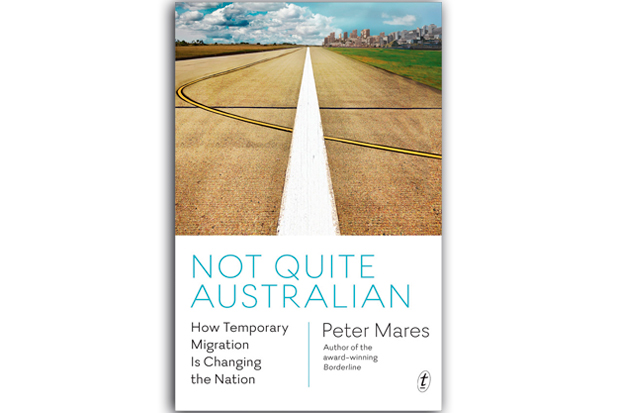
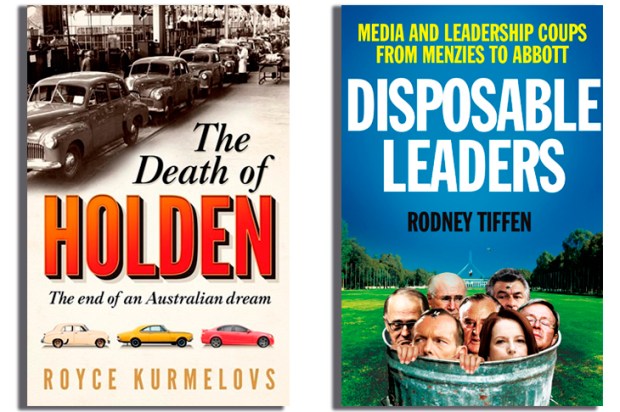
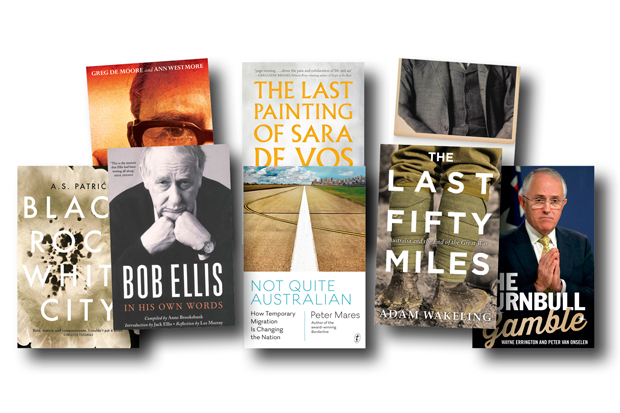
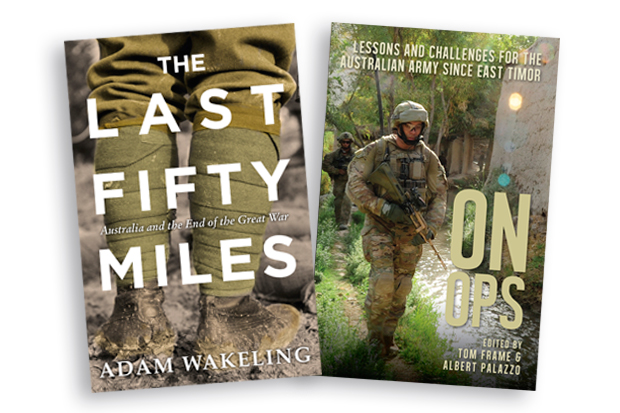

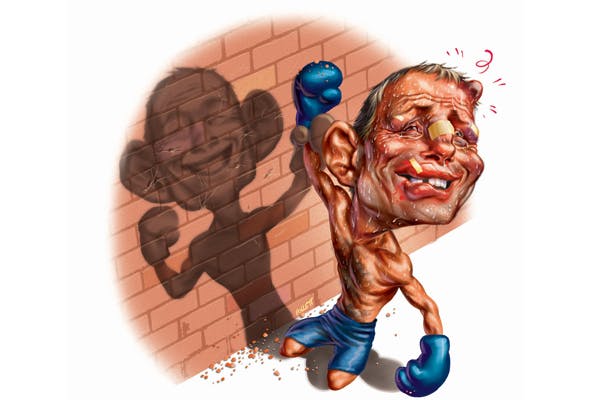






Comments
Don't miss out
Join the conversation with other Spectator Australia readers. Subscribe to leave a comment.
SUBSCRIBEAlready a subscriber? Log in